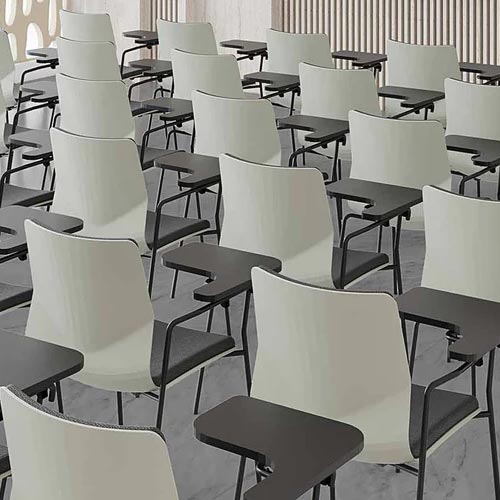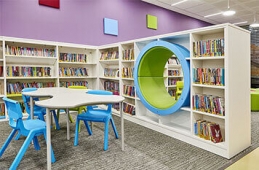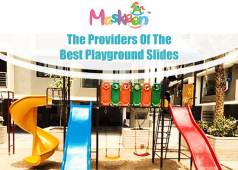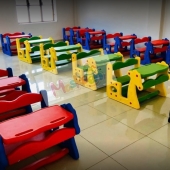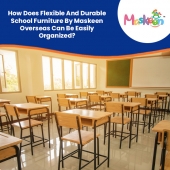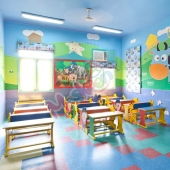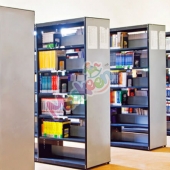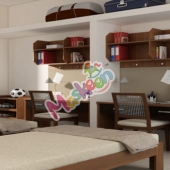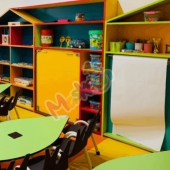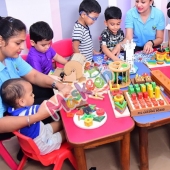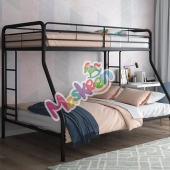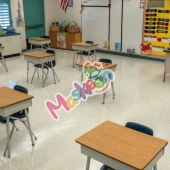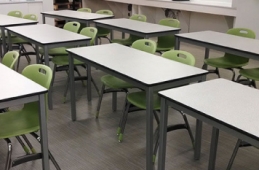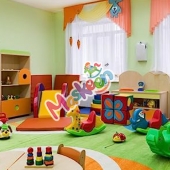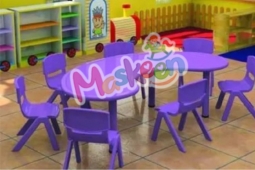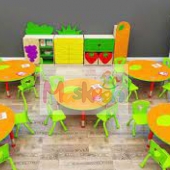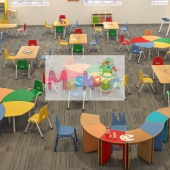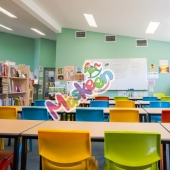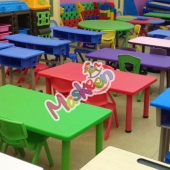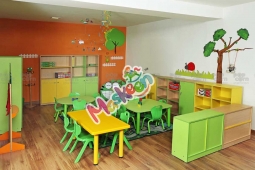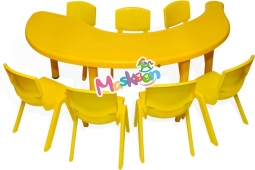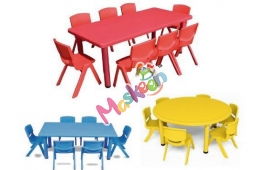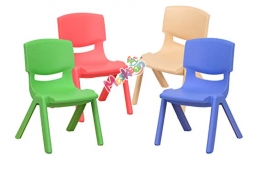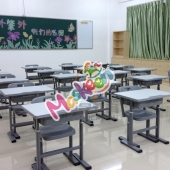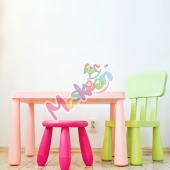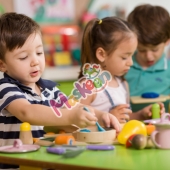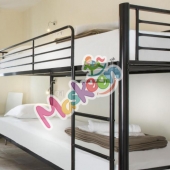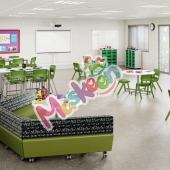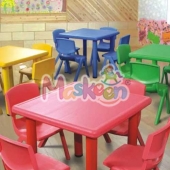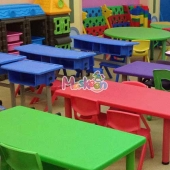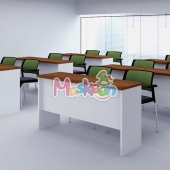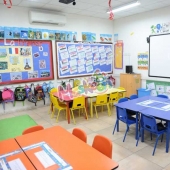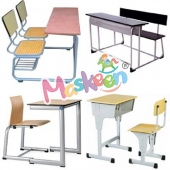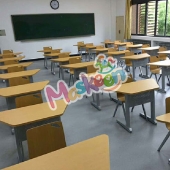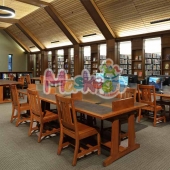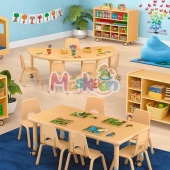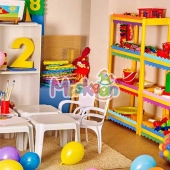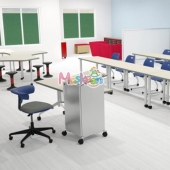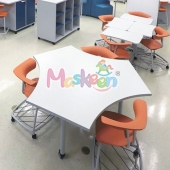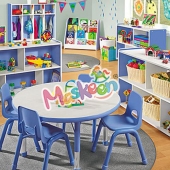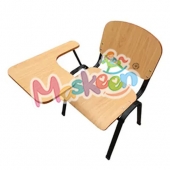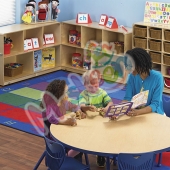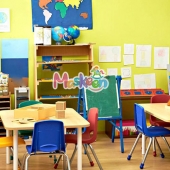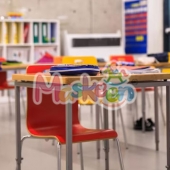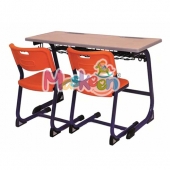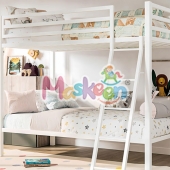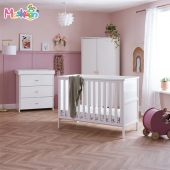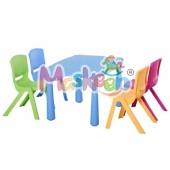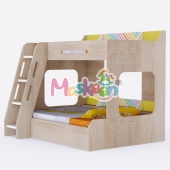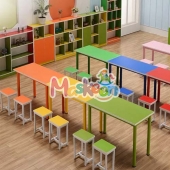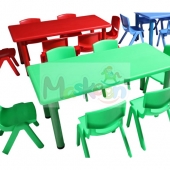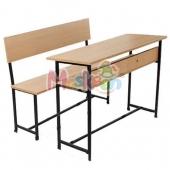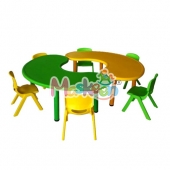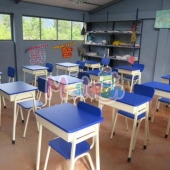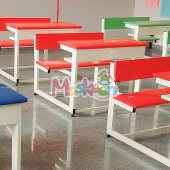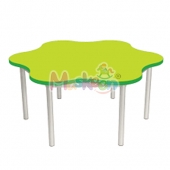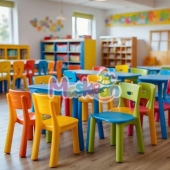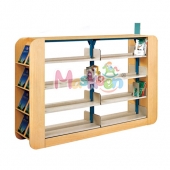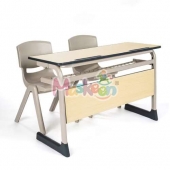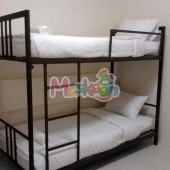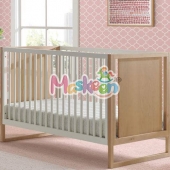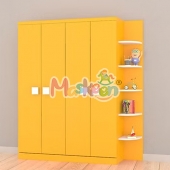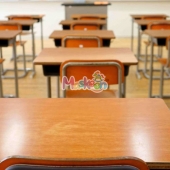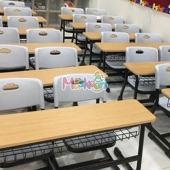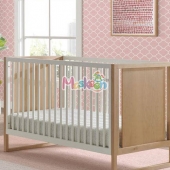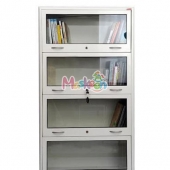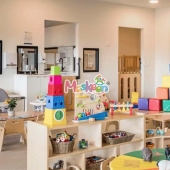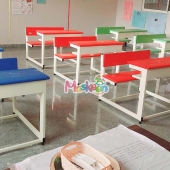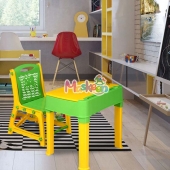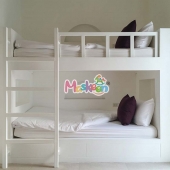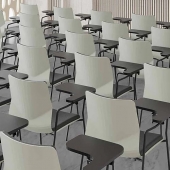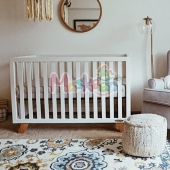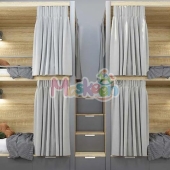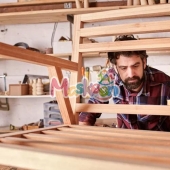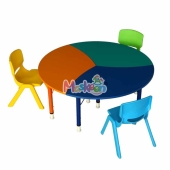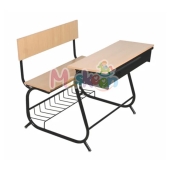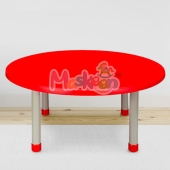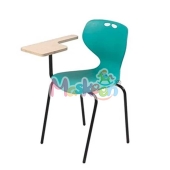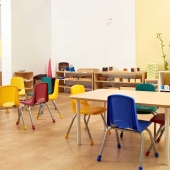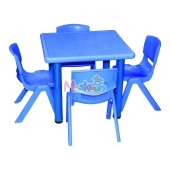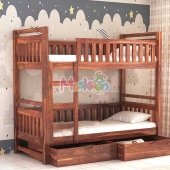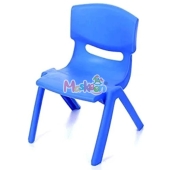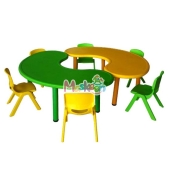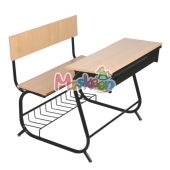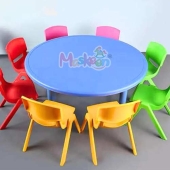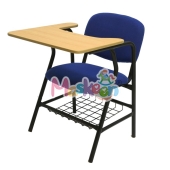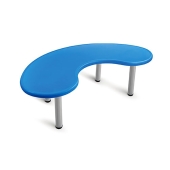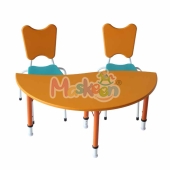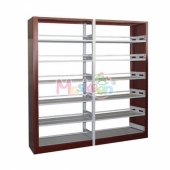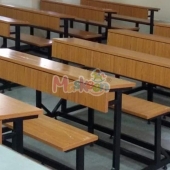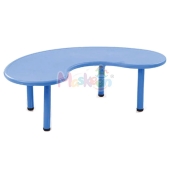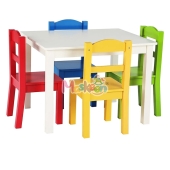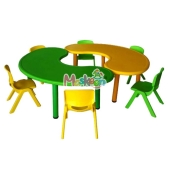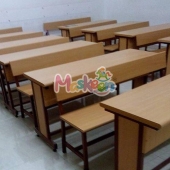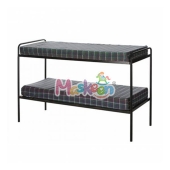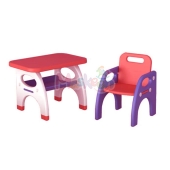In today's evolving educational landscape, classrooms are no longer just spaces for lectures—they are dynamic learning hubs designed to foster creativity, collaboration, and critical thinking. One often overlooked yet incredibly vital element in these spaces is school equipment. Beyond aesthetics, the right School Furniture plays a crucial role in shaping how students engage with their environment, absorb information, and develop essential life skills. But what exactly makes it so indispensable in modern learning environments?
Flexible And Engaging Spaces
Gone are the days of static rows and fixed desks; their place has been taken up by adaptive layouts that allow for group discussions, project-based learning, and interactive teaching methods. Ergonomically designed seating, height-adjustable desks, and trendy units enable teachers to tailor the learning environment for daily activities. Comfortable, adaptable furniture helps students stay focused longer, as a sense of physical support encourages them to engage more directly in learning and enjoyment. Moreover, it relieves strain during the growing years of life that affects posture.
Development Through Play
Early childhood settings, such as playschools, not only provide a seat but also furniture that generally plays a role in inspiring imagination, motor skills, and freedom. Low tables with colorful chairs and interactive shelving systems are perfect as they are designed at a kid-friendly height so that the young learners can explore, access materials independently, and take the lead in their learning journey. For such an adolescent, Maskeen Overseas, a prominent Play School Furniture manufacturer, becomes a tool for behavior management, helping to define activity zones and minimize distractions through spatial organization.
The New Age Of Learning
This is the time when furniture plays an important transition point in the transition between those two points of informal and more structured education. Circular seating arrangements encourage group participation, whereas individual desks foster a sense of personal responsibility. Attention spans are still developing at this level, with nimble, movable pieces enabling teachers to quickly reconfigure the place for various activities. It also lessens tensions with regard to differentiation, for any student is more likely to be at ease with the proposition and willing to accept new experiences and team-based challenges.
Long-Lasting And Efficient
When it comes to safety and durability, these two important attributes never fail to rank high when judging furniture made for the younger children. The Kids Plastic Furniture is largely used in all early education centers, as they are light, made up of safe, non-toxic materials, and rounded corners make sure of the safety of the child. It also comes with easy cleaning and maintenance, which is a highly required need, given the tremendous mess very often left by little learners. Beyond practicality, this usually comes in exciting, bright colors that aid the longing for color recognition and advanced imagination.
The Idea Of Inclusivity And Accessibility
Emerging modernity suggests that learning fields should be very much geared toward inclusiveness and accessibility. Each piece of furniture should cater to the needs of all those who learn, as well as the multiple ways in which students learn. For example, it includes adjustable chairs and tables, reading bean bags in corners, and standing desks. Providing varied seating and workspace options can enable teachers to promote differentiated instruction, giving students choices for individual settings in which they learn best. Such flexibility is necessary to support neurodiverse students or those with sensory sensitivities.
Smart Design Integrates Technology
They now support tech-enabled learning with the use of digital tools that are being used along with their manuals in classrooms. Cable management systems, charging ports, and mobile device stations are among the many that become part of most educational facilities today. It allows students to switch seamlessly between screen and hands-on learning modes without losing engagement or being distracted. Tech-friendly furniture not only accommodates gadgets but shapes responsible usage and makes digital literacy an important skill for future learners of the present day.
Environment Of Respect And Responsibility
Children take cues from their surroundings. Such well-maintained, thoughtfully arranged, and organized furniture sets a standard for behavior and respect. When students have their hands on such quality, they also tend to treat it and the classroom itself with care. Thus, Kindergarten Furniture also impacts a child's ownership perception with personalized cubbies, modular storage, and inviting reading corners that can give the impression that the classroom is a personal rather than a communal space.
The Wind-Up Note
As such, physical space has mattered and increasingly matters more in the journey toward the creation of holistic, future-ready education systems. Thoughtfully chosen school supplies are not just about function. They're about shaping the way children learn, interact, and grow. From the creative corners of playschools to the collaborative setups in kindergartens and the safe, colorful touch of kids' plastic furniture, every piece plays a part in enhancing student outcomes. When learning environments are intentionally designed with students in mind, instead of turning classrooms into rooms filled with furniture, they transform into stages for limitless potential.

